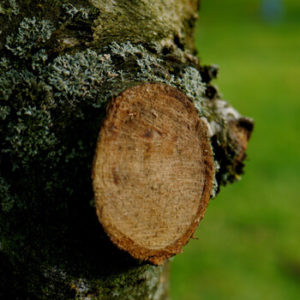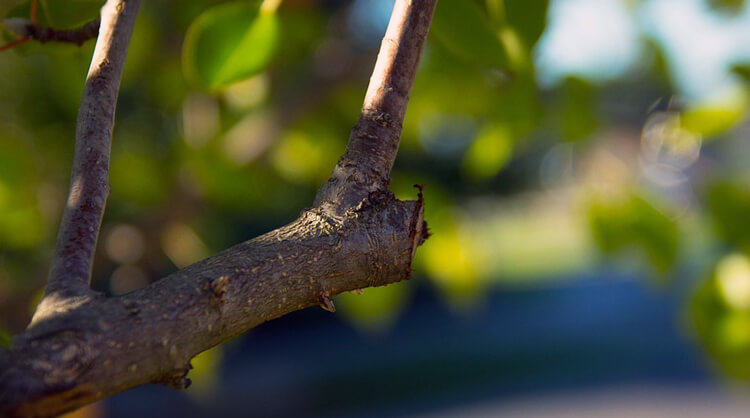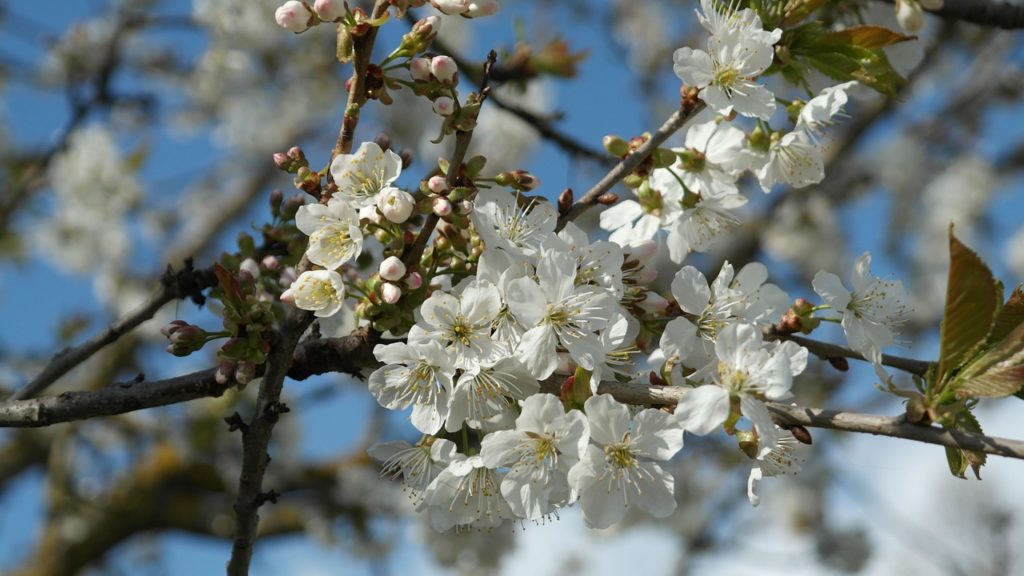
1) Pruning for Health
Pruning plays a vital role in tree preservation. It ensures that trees grow properly, and assists in maintaining their health. Trees that are not routinely pruned often develop low hanging limbs, crowded branches, co-dominant stems, weak or narrow crotches, and structural defects such as cracked wood or included bark. These are all detrimental to tree health, and often result in tree or branch failure.
Removing dead or diseased branches reduces the risk of tree or branch failure. It also helps prevent insects and pathogens from infiltrating the tree. Removing water sprouts, or suckers, eliminates weak wood, while providing trees with additional water and nutrients. Extracting weak or narrow crotches prevents them from breaking, tearing, or splitting apart as the tree grows older.
Trees develop co-dominant stems when two branches form near the top of a tree and grow upwards, competing for resources. Removing one stem will allow the other to become the dominant branch, improving the structural integrity of the tree.
Branch stubs promote the development of water sprouts and weak branch structures. Removing them reduces the potential for significant cracking or splitting of the bark and wood.
Pruning enhances the core structure of trees and branches, enabling them to better withstand the elements. It also helps establish a balanced branch structure, ensuring proper height and weight distribution.
2) Pruning for Aesthetics
When administered correctly, pruning can accentuate a tree’s physical appearance. It also assists in maintaining proper size and shape. This is especially important, as when healthy, trees will continue to develop, sprouting fresh growth. Over time, the branches that form can become overly vigorous. As they spread throughout the tree, they can encroach upon other branches, altering their growth habits. If these branches are not maintained or removed, they will cause the tree to become malformed.
Flowering trees will produce a better bloom when pruned periodically. Pruning will also keep evergreens looking robust and well proportioned.
3) Pruning to Stimulate or Restrict Growth
Pruning is often utilized to stimulate or restrict growth in trees. For trees with dense crowns, thinning them can permit new growth to develop in sparse sections of the tree, while promoting better air circulation. Fresh growth can be reduced to allow adequate sunlight to reach the lower portion of trees.

Additionally, pruning can improve fruit and flower production. If pruned on a regular basis, fruit trees will often yield higher quality fruit. Pruning will also increase the number of fruit produced by the tree. The ideal time to prune fruit trees is in spring, just before the flowering season begins.
4) Pruning to Minimize Hazards
Pruning ensures the removal of any branches that represent hazards. This includes broken, dead, or diseased branches, as well as any weak or narrow-angled branches that may be hanging over homes, parking areas, sidewalks, or roadways. Pruning can also be administered to remove branches that interfere with street lights, traffic signals, and electrical wires.
In residential and commercial properties, pruning the lower branches of trees creates better clearance for vehicles and pedestrians. It also prevents the development of branches that may be more susceptible to storm damage.
5) Pruning to Enhance Property Value
In landscapes and other residential settings, healthy, well maintained trees can increase the value of a property. Large trees provide ample shade, and can be used as barriers to indicate property boundaries. or increase privacy.
